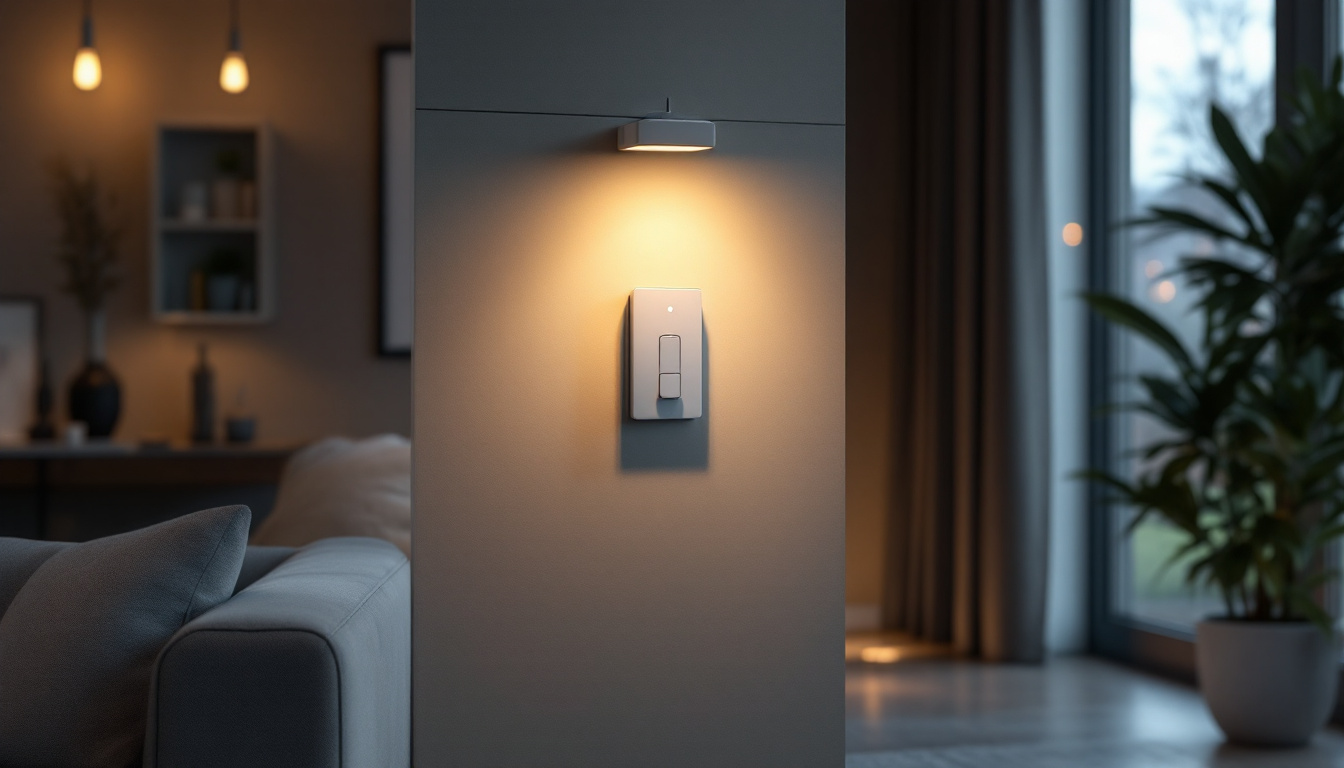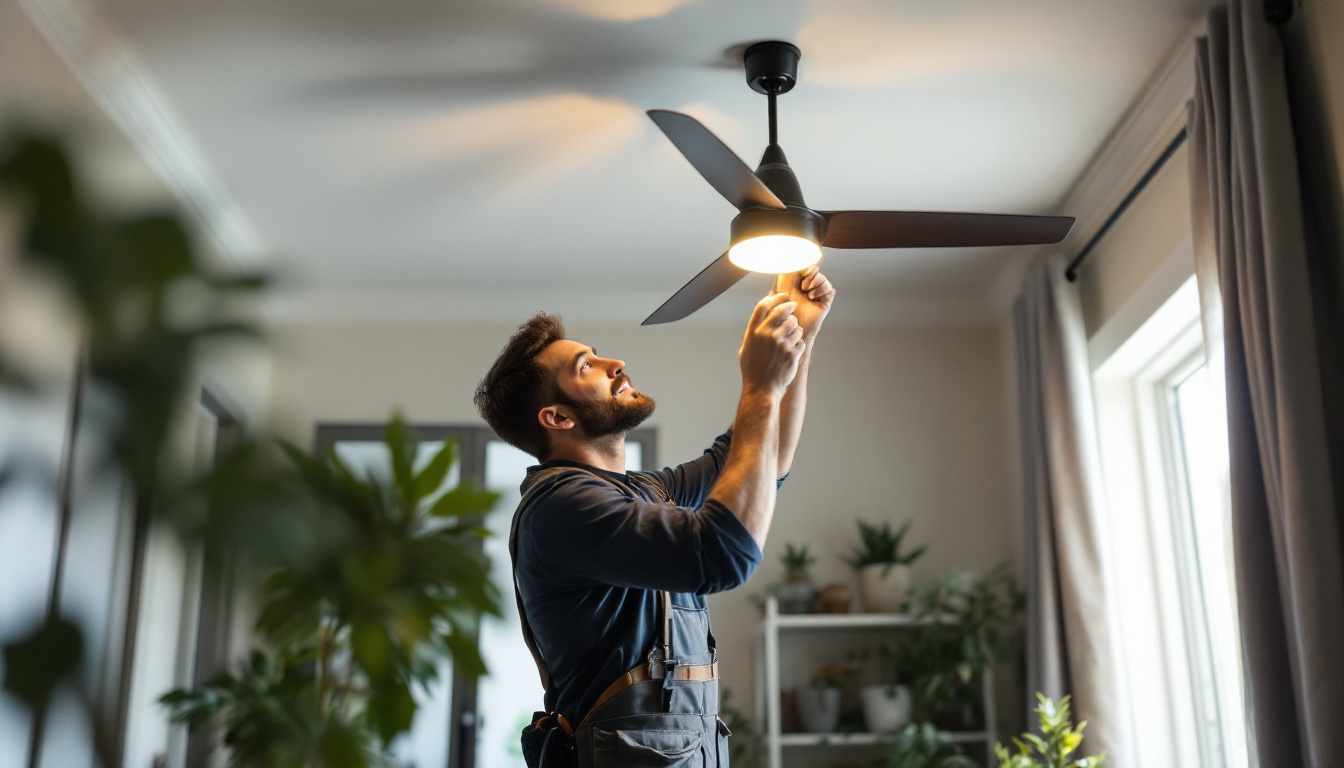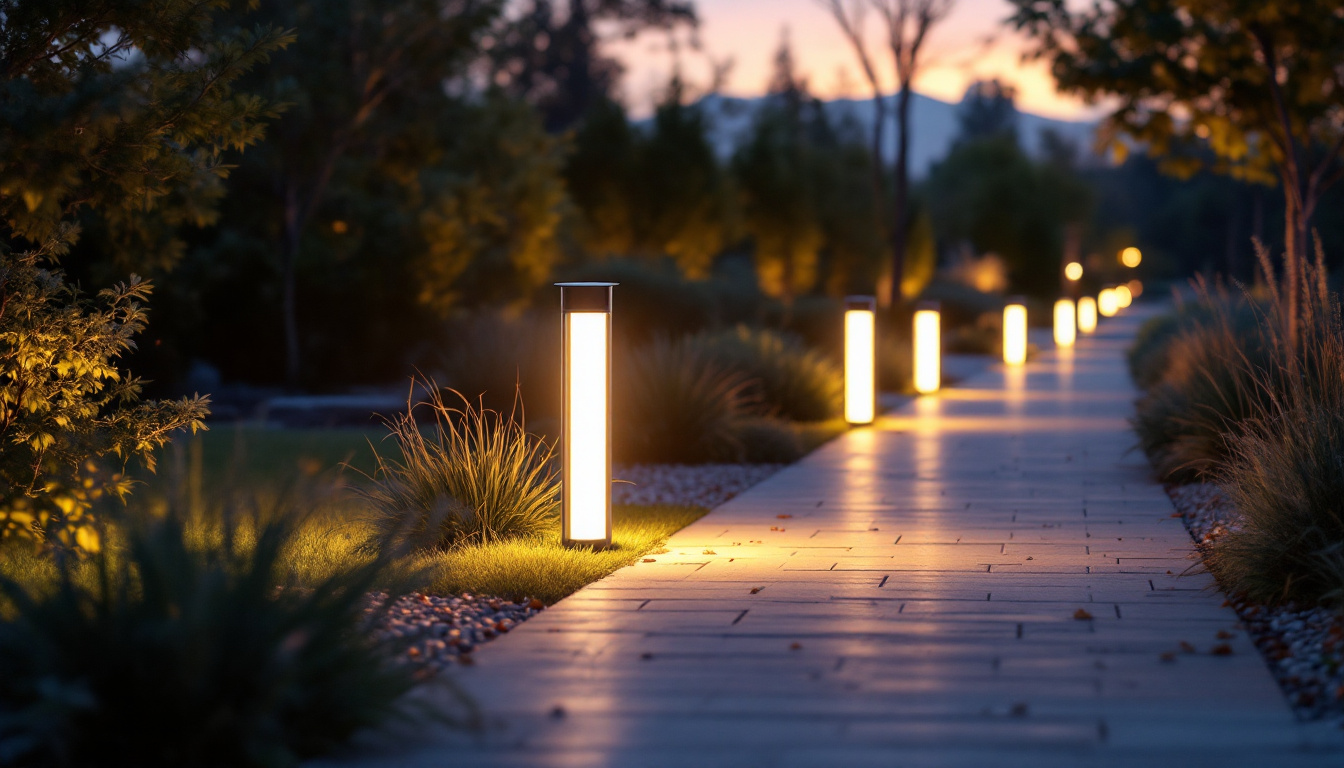
In the realm of outdoor lighting, motion sensors have become a pivotal component for enhancing security and convenience. For lighting contractors, integrating these sensors into outdoor lighting systems presents a unique set of challenges. Understanding these challenges is essential for delivering effective solutions to clients while ensuring that installations are seamless and efficient.
Before delving into the challenges faced by lighting contractors, it is crucial to grasp the fundamentals of motion sensor technology. Motion sensors detect movement within a specific range and trigger lighting systems accordingly. They are available in various types, including passive infrared (PIR), microwave, and dual-technology sensors, each with its advantages and limitations. The evolution of these technologies has led to more sophisticated systems that can enhance both security and energy efficiency in residential and commercial settings.
In recent years, advancements in smart technology have integrated motion sensors with home automation systems, allowing for greater control and customization. These smart sensors can be programmed to adjust lighting based on the time of day, occupancy patterns, or even the presence of pets, providing users with a seamless experience. As we continue to embrace the Internet of Things (IoT), the role of motion sensors will likely expand, leading to even more innovative applications in smart homes and businesses.
Choosing the right type of sensor is vital for optimal performance. PIR sensors are widely used due to their cost-effectiveness and reliability in detecting heat signatures from moving objects. However, they may struggle in environments with temperature fluctuations. Microwave sensors, on the other hand, offer greater sensitivity and can detect motion through obstacles, but they often come at a higher price point. Additionally, dual-technology sensors combine the strengths of both PIR and microwave technologies, minimizing false alarms and enhancing detection accuracy, making them an attractive option for high-security areas.
Moreover, the choice of sensor type can also influence energy consumption. For instance, some advanced motion sensors are designed to work with dimmable lighting systems, allowing them to adjust the brightness based on the level of ambient light and movement detected. This not only conserves energy but also extends the lifespan of lighting fixtures, making it a win-win for both the environment and the budget-conscious consumer.
Installation is another critical aspect that contractors must consider. The placement of motion sensors can significantly impact their effectiveness. Factors such as the sensor’s field of view, mounting height, and surrounding environmental elements must be meticulously planned to ensure that the sensors function as intended. For example, placing a sensor too high may limit its ability to detect lower movements, while obstructions like trees or furniture can create blind spots that compromise security.
Furthermore, the installation process often involves understanding the specific needs of the space being monitored. In commercial settings, where foot traffic patterns can vary significantly throughout the day, contractors may need to conduct thorough assessments to determine the optimal sensor placement. Additionally, integrating sensors with existing lighting systems may require specialized knowledge to ensure compatibility and functionality, making it essential for contractors to stay updated on the latest technologies and best practices in the industry.
One of the primary challenges lighting contractors face is managing client expectations. Clients often have specific requirements and assumptions about how motion sensors should operate, which may not align with the technology’s capabilities.
Clients may overestimate the capabilities of motion sensors, expecting them to detect movement from long distances or through dense foliage. Educating clients about the limitations of the technology is essential to prevent dissatisfaction with the final installation. Clear communication about the sensor’s range and sensitivity can help set realistic expectations. Additionally, providing visual aids or demonstrations can be particularly effective; showing clients how different factors, such as weather conditions or landscaping, can affect sensor performance can foster a better understanding. This proactive approach not only mitigates potential frustration but also builds trust between the contractor and the client, paving the way for a more collaborative relationship.
Another common challenge is balancing aesthetics with functionality. Clients often want motion sensors to be discreet and blend seamlessly with their outdoor decor. However, this can lead to suboptimal placement, reducing the sensors’ effectiveness. Lighting contractors must find a way to satisfy both the aesthetic desires of the client and the technical requirements of the installation. This might involve presenting a range of design options that incorporate both style and efficiency, such as choosing sensors that come in various finishes or integrating them into existing architectural features. Furthermore, discussing the potential for smart home integration can also appeal to clients who prioritize modern aesthetics while ensuring that functionality is not compromised. By engaging in these discussions, contractors can help clients visualize the balance between form and function, ultimately leading to a more satisfying outcome for both parties.
Outdoor environments present unique challenges that can affect the performance of motion sensors. Factors such as weather conditions, landscaping, and wildlife can all impact how well a sensor operates.
Motion sensors are designed to withstand various weather conditions, but extreme temperatures, rain, and snow can still affect their performance. For instance, heavy rain can cause false triggers, while snow accumulation can obstruct the sensor’s field of view. Contractors must consider local weather patterns and select sensors that are rated for the specific conditions of the installation site.
Landscaping elements, such as trees, shrubs, and fences, can interfere with the sensor’s ability to detect motion. Contractors need to assess the landscape carefully and advise clients on trimming or relocating plants that may obstruct the sensor’s line of sight. Additionally, understanding the growth patterns of plants can help in planning for future obstructions.
Integrating motion sensors with existing lighting systems can pose significant challenges for contractors. Compatibility issues may arise, especially when dealing with older systems or varied technologies.
Not all motion sensors are compatible with every type of lighting fixture. Contractors must ensure that the sensors they choose can work seamlessly with the existing electrical systems. This may involve upgrading components or using adapters, which can complicate the installation process and increase costs.
As smart home technology continues to evolve, many clients expect their outdoor lighting systems to integrate with smart devices. This integration can enhance functionality, allowing for remote control and automation. However, it also adds complexity to the installation process. Contractors must be well-versed in smart technology and how to incorporate it into their designs effectively.
Budget constraints are a common challenge in any contracting work, and the installation of outdoor motion sensors is no exception. Clients may have limited budgets that can restrict the choice of sensors and installation techniques.
Contractors must educate clients on the value of investing in high-quality motion sensors. While cheaper options may seem appealing, they often lack the reliability and longevity of more expensive models. Demonstrating the long-term benefits of investing in quality products can help clients understand the importance of their choices.
Unexpected costs can arise during installation, such as the need for additional wiring, structural adjustments, or landscaping modifications. Contractors should be transparent about potential additional expenses and include contingency plans in their proposals to manage client expectations effectively.
Compliance with local regulations and safety standards is another critical challenge for lighting contractors. Failure to adhere to these regulations can result in fines, project delays, or even safety hazards.
Each locality may have different codes regarding outdoor lighting and motion sensors. Contractors must be familiar with these regulations to ensure that their installations are compliant. This may involve consulting with local authorities or conducting thorough research before starting a project.
Safety is paramount when installing outdoor lighting systems. Contractors must ensure that all electrical components are installed correctly and that the sensors are positioned in a way that minimizes the risk of accidents. This includes avoiding placement near walkways or areas where people frequently gather.
Once the installation is complete, the focus shifts to maintenance and ensuring the longevity of the motion sensor systems. Regular maintenance is crucial for optimal performance and client satisfaction.
Contractors should encourage clients to schedule regular inspections of their motion sensor systems. This includes checking for dirt or debris that may obstruct sensors, ensuring that wiring remains intact, and verifying that the sensors are functioning as intended. Proactive maintenance can prevent issues before they arise and extend the lifespan of the system.
Educating clients on how to maintain their motion sensor systems is equally important. Providing clear instructions on how to clean sensors, adjust settings, and troubleshoot common issues can empower clients to take an active role in their system’s upkeep. This not only enhances customer satisfaction but also reduces the likelihood of service calls.
Outdoor motion sensors for lights offer significant benefits in terms of security and convenience, yet they present a myriad of challenges for lighting contractors. From managing client expectations and environmental factors to ensuring compliance with regulations and maintaining systems, contractors must navigate a complex landscape to deliver successful installations.
By understanding these challenges and proactively addressing them, lighting contractors can enhance their service offerings and build lasting relationships with their clients. Emphasizing education, communication, and quality will not only lead to successful projects but also position contractors as trusted experts in the field of outdoor lighting solutions.
Ultimately, the key to overcoming these challenges lies in a combination of technical knowledge, effective communication, and a commitment to quality. As the demand for outdoor motion sensors continues to grow, lighting contractors who are well-prepared to tackle these challenges will find themselves at the forefront of the industry.
Ready to tackle the challenges of outdoor motion sensor installations with confidence? Choose LumenWholesale for your lighting needs and benefit from our spec-grade products at unbeatable wholesale prices. Our extensive selection is designed to meet the highest industry standards, ensuring you have access to reliable and high-performance lighting for every project. Plus, with free shipping on bulk orders, you can secure premium lighting at the best value — all without hidden fees or compromises. Elevate your lighting game and experience the best in wholesale lighting today.

Discover how motion sensor light switches can revolutionize your indoor lighting design.

Discover how decorative fans are transforming the lighting industry, offering contractors a stylish and functional competitive edge.

Discover the pitfalls lighting contractors often encounter with light housing installations.

Discover essential tips for lighting contractors to seamlessly integrate solar bollard lights into projects.